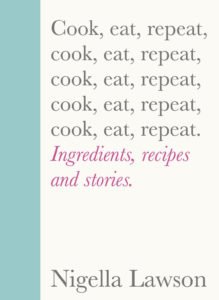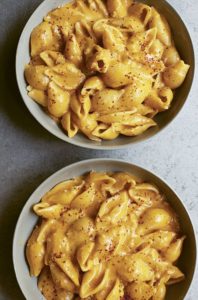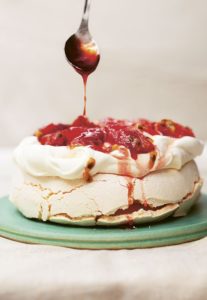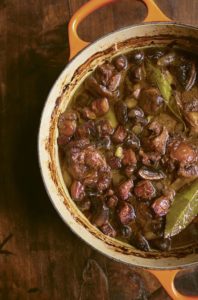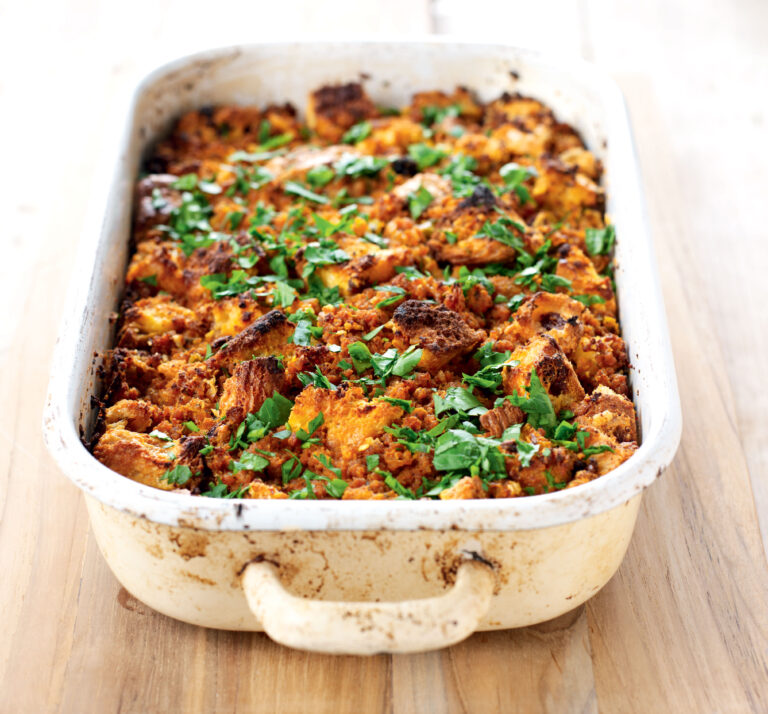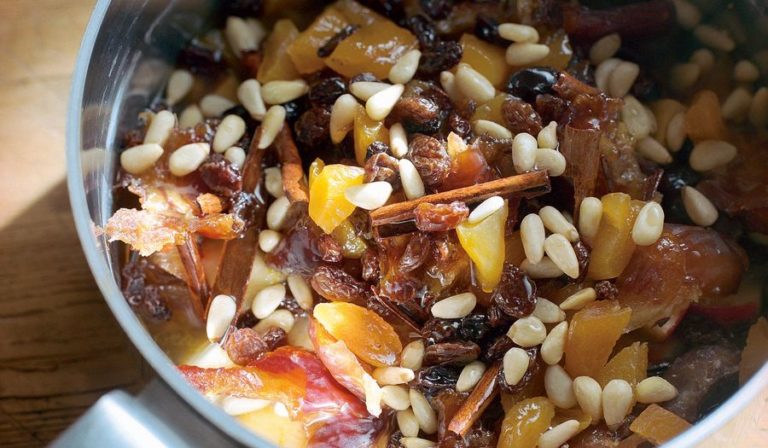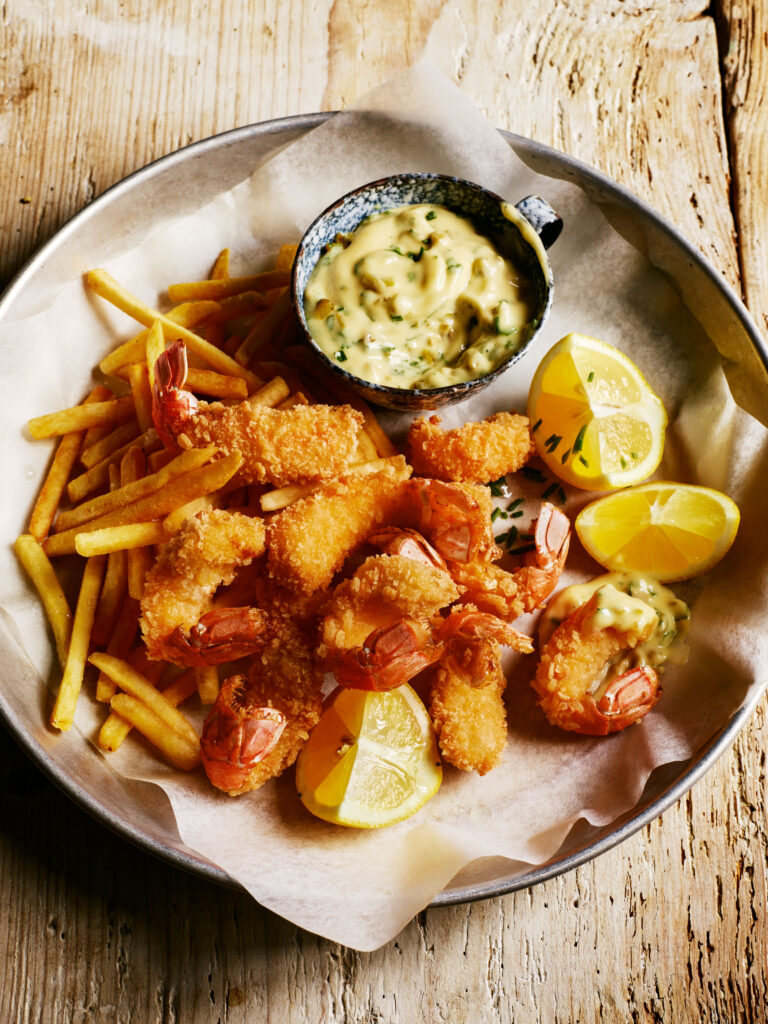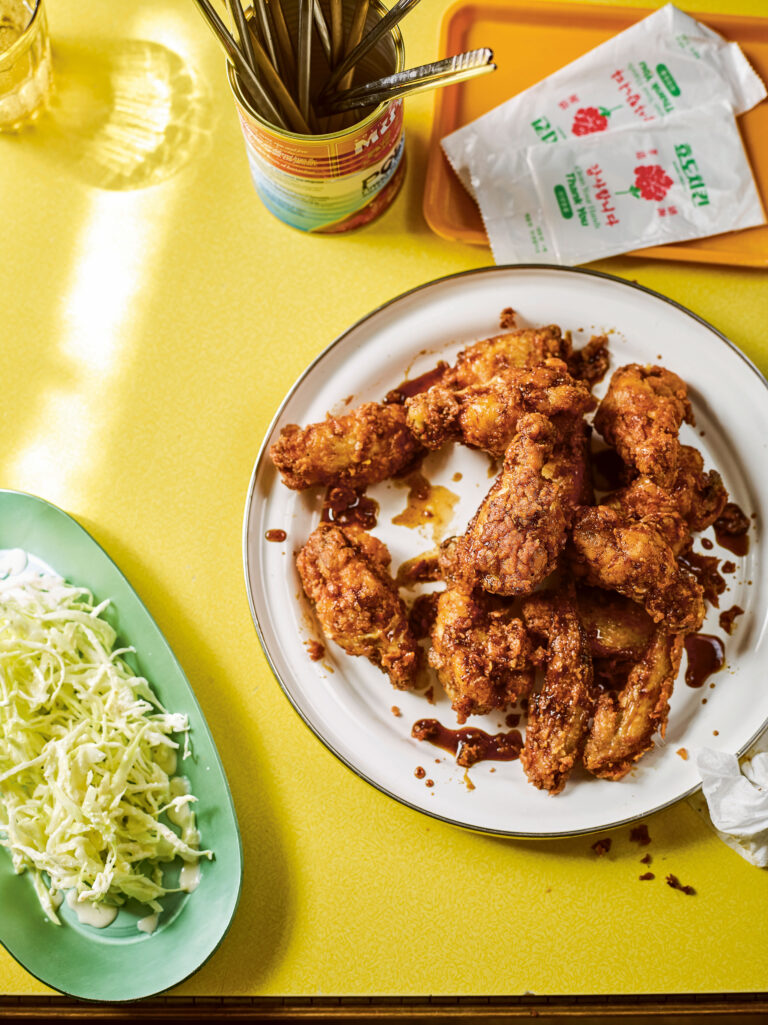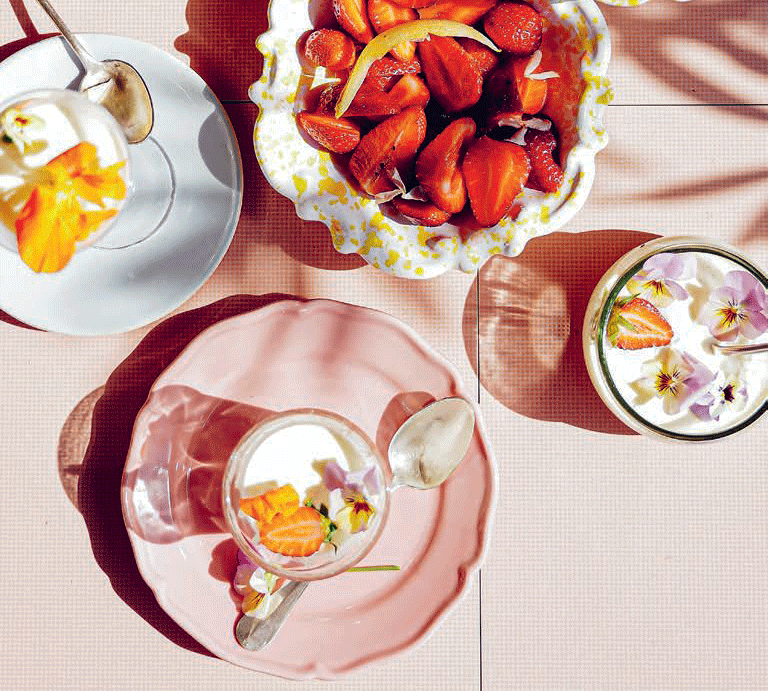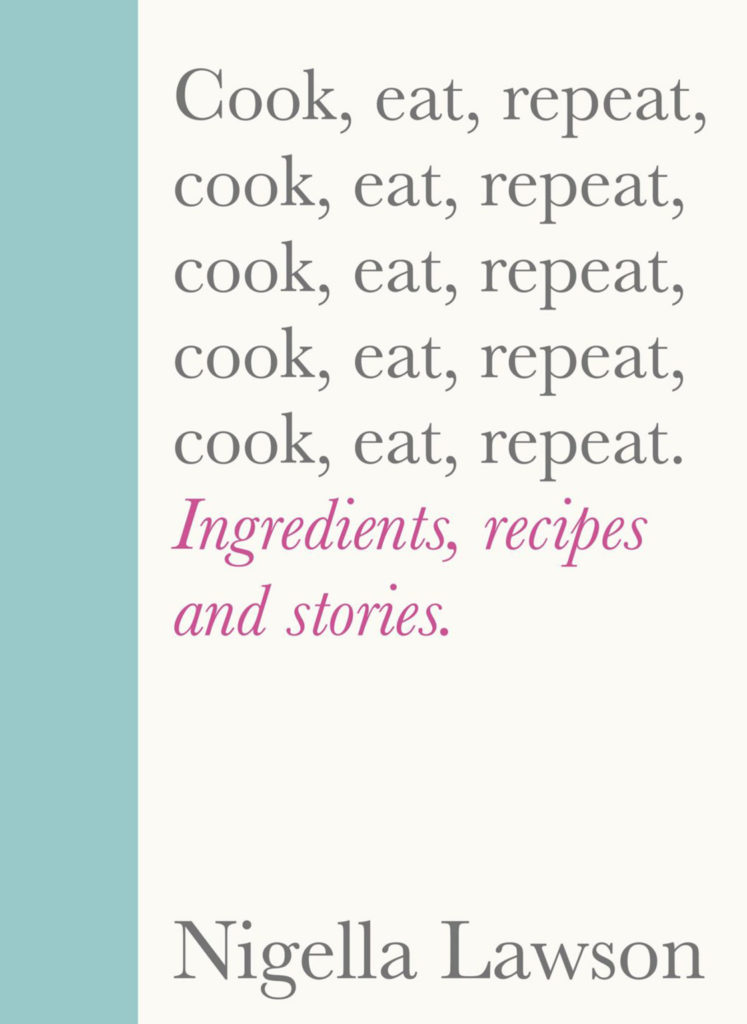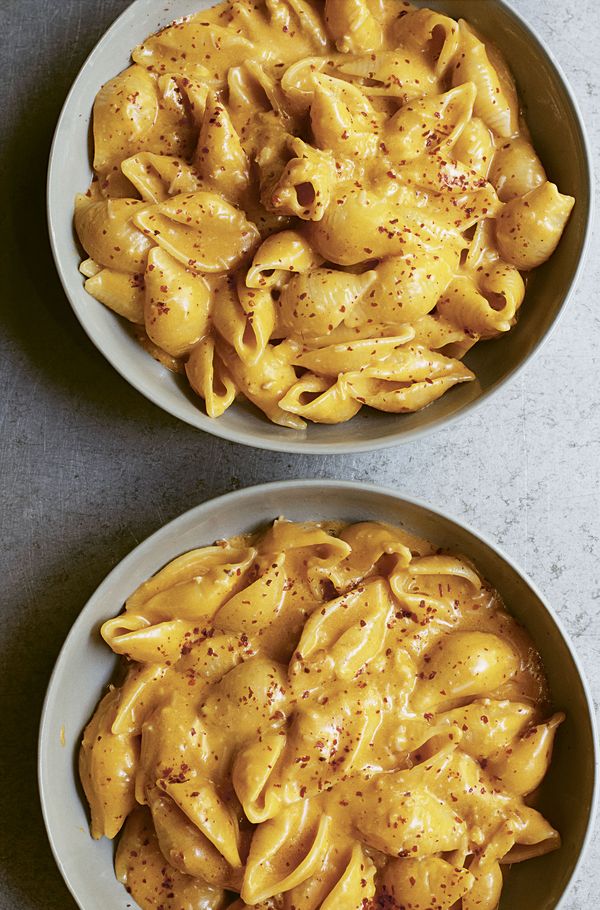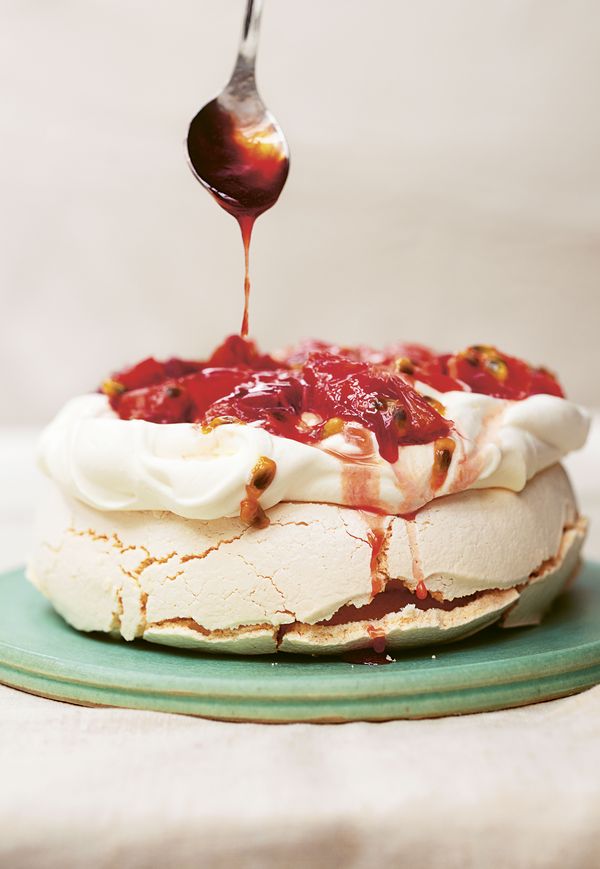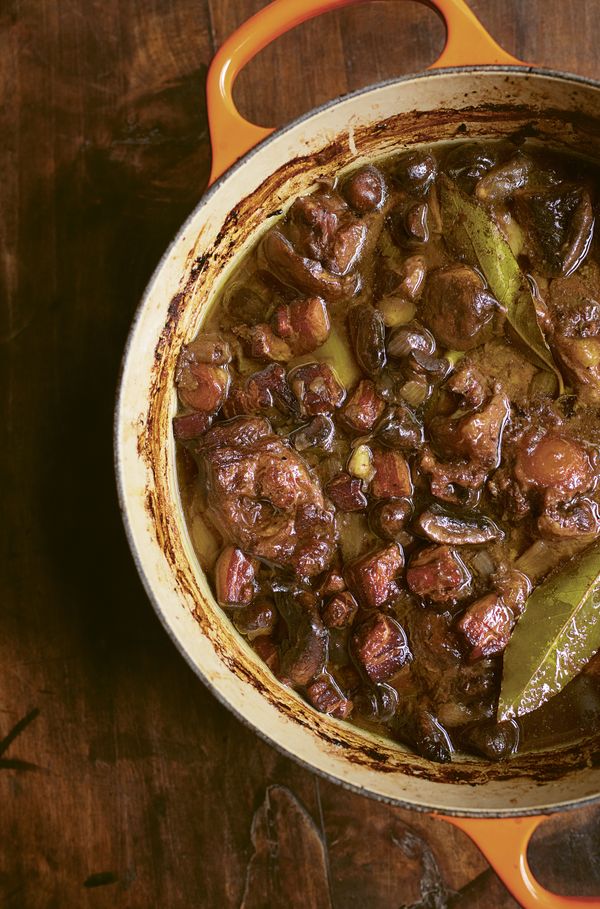Nigella Lawson’s New Year Doughnuts
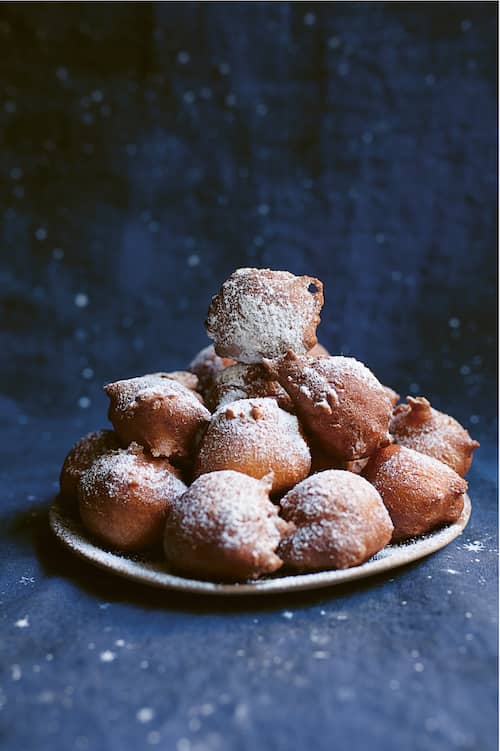
These Dutch-inspired mini doughnuts from Nigella Lawson will make a moreish canapé at your next New Year's Eve party.
From the book
Buy From
Introduction
I am not one for New Year’s Eve parties at the best of times – the combination of enforced jollity and large crowds makes what’s left of my soul shrivel – but I rather suspect that even those who are less curmudgeonly and more gregarious than I am might not find themselves out carousing this New Year’s Eve.
But there are other ways of celebrating, and I propose we go Dutch. In the Netherlands, it is customary to see in the New Year with doughnuts; all of the kingdom, it is said, smells of frying and icing sugar on New Year’s Eve. This is a tradition I am more than ready to adopt.
The Dutch doughnuts in question (and, indeed, often called just that in America) are oliebollen (pronounced ollybollen), which with wonderful literalness, just means “oil balls”. True, if you buy them from one of the many kiosks lining the streets in Holland from November onwards, you might see just why they got their name, though these little ones I have for you are anything but greasy. They need only 5 minutes’ frying, by which time the outside is good and crisp, and the inside bouncy and soft. And while they are indeed supposed to be ball-shaped, I love it when the dough drips a little as they go into the pan, making super-crunchy spikes in the hot oil. To be truly traditional, you should add raisins and currants to the oliebollen dough, but I much prefer mine plain. It’s not unheard of to eat them without the dried fruit in Holland, either, though it’s more usual to find both fruited and unfruited versions served together. Should you want the raisins and currants in your oliebollen, then soak about 2 tablespoons of each in rum or orange juice overnight the day before you plan to make them. Or put the dried fruit into a small pan, cover with the liquid, whether rum or orange juice, and bring to the boil, and let everything bubble for a minute. Then switch off the heat and leave your currants and raisins to steep until cold. Either way, fold the plumped-up fruit into the dough once it’s mixed up and ready to prove.
Now, deep-frying is never an entirely stress-free exercise, but should you be in possession of an electric deep-fat fryer (and I confess I eagerly bought one as an early Christmas present to myself) you will find it a relatively breezy undertaking. You can, of course, deep-fry the oliebollen in a saucepan, but then you will need a digital or jam thermometer so that you can monitor the heat and keep the oil at the right temperature. It’s not enough just to drop in a cube of bread and know it’s the right temperature if it bubbles up immediately, for it’s a long game, and the trick is to keep the heat constant.
All doughnuts are best eaten immediately, but should you have any left over, you can heat them up on a baking sheet in a 180°C/160°C Fan oven for about 5 minutes, dust them with icing sugar when out, and give yourself a rather fabulous New Year’s Day breakfast.
Ingredients
| 250g | plain flour |
| A pinch of | salt |
| 2 x 15ml tbsp (25g) | caster sugar |
| 2½ tsp (7g) or 1 sachet | fast- action dried yeast |
| 250ml | full-fat milk |
| An exuberant grating of | nutmeg |
| 1 | lemon |
| 1 tsp | vanilla extract |
| 2 x 15ml tbsp (30g) | soft unsalted butter |
| 1 | large egg, at room temperature |
| sunflower oil for frying; depending on what you’re frying in, approx. 4 litres in a deep-fat fryer, and approx. 1.5 litres in a 22cm diameter pan | |
| icing sugar, for dusting |
Essential kit
You will need: a deep-fat fryer or a digital/jam thermometer
Method
1. Mix the flour, salt, sugar and yeast in a large bowl.
2. Pour the milk into a saucepan or, if you have a microwave, a measuring jug. Either way, finely grate in a generous amount of nutmeg, followed by the zest of the lemon, add the vanilla and butter and heat until lukewarm; I just give the milk 45 seconds in the microwave at top whack, which for me means 900W. And it doesn’t matter, by the way, if the butter doesn’t melt entirely.
3. If you’ve heated the milk in a pan, pour it into a jug. Crack the egg into the jug, quickly whisk it in, then pour the lukewarm, lemon-scented, nutmeggy, buttery and eggy milk into the dry ingredients, beating vigorously with a wooden spoon or a little hand whisk until you have a smooth dough. Well, I say ‘dough’ since you’re making doughnuts with it, but actually it has more the consistency of thick cake batter.
4. Cover the bowl with food wrap or a slightly dampened tea towel, and leave in a warm place for about 1¼ hours, until the dough has puffed up voluminously and the surface is a mass of large bubbles. When I was young, the airing cupboard was always the place where dough would be left to prove, but times change, and I put the bowl on a shelf up above all the computer bits and pieces and their flashing lights, aka Mission Control. A warm and steamy kitchen will do fine, though. (And if you wanted to make the dough in advance, you could instead stash the bowl, covered with food wrap, in the fridge to rise slowly overnight or for up to 24 hours, in which case, let it come to room temperature before proceeding to step 5.)
5. Using, for ease, a bendy spatula, scrape down the sides, which will deflate the dough. It will start bubbling up again as you wait for the oil to heat.
6. If you’re going to make your oliebollen in an electric deep-fat fryer – which is very much easier – pour in sunflower oil until it reaches the minimum mark. Otherwise, use a heavy-based saucepan at least 12cm deep and no less than 22cm in diameter – pour in enough oil to come up about 3½cm. Heat the oil to 180°C. Don’t leave the oil unattended while it heats up, but you can potter about nearby, getting yourself a rounded metal tablespoon measure and a teaspoon to shape the doughnuts (though you could just use a couple of dessert spoons) and some tongs to turn them as they fry and to retrieve them once they’re cooked. You’ll also need to line a couple of large plates with kitchen paper (replacing as necessary) and fill a small bowl with cold oil for you to dip your spoons in while cooking.
7. Once the oil is at 180°C (and if you’re frying them in a saucepan, you really do need to use a digital or jam thermometer) carefully dip your rounded tablespoon measure and teaspoon (or pair of dessert spoons) into the cold oil, then scoop up a tablespoon of dough, using the teaspoon to help mould it and then release it gently into the hot oil, then do the same to make a second one and fry them about 2½–3 minutes aside, so that they are a deep golden brown all over, and the dough is cooked all the way through. And the only way to find out is to eat these first two, allowing them to cool for a few minutes and dusting each with icing sugar before you bite in.
8. Once you’re happy with the timings, repeat the process (without necessarily eating them all) to fill your pan without overcrowding it; I don’t like to fry more than four or five at the same time.
9. Transfer them as they’re ready to the paper-lined plates to blot the excess oil. Leave them on the kitchen paper for 3–5 minutes; the icing sugar will melt if it’s sprinkled on them when they’re piping hot. Then arrange on a few plates, and dust generously with icing sugar. Eat immediately.
Reviews
1 Ratings
Have you tried this recipe? Let us know how it went by leaving a comment below.
Thank you for your rating. Our team will get back to any queries as soon as possible.
Please note: Moderation is enabled and may delay your comment being posted. There is no need to resubmit your comment. By posting a comment you are agreeing to the website Terms of Use.

